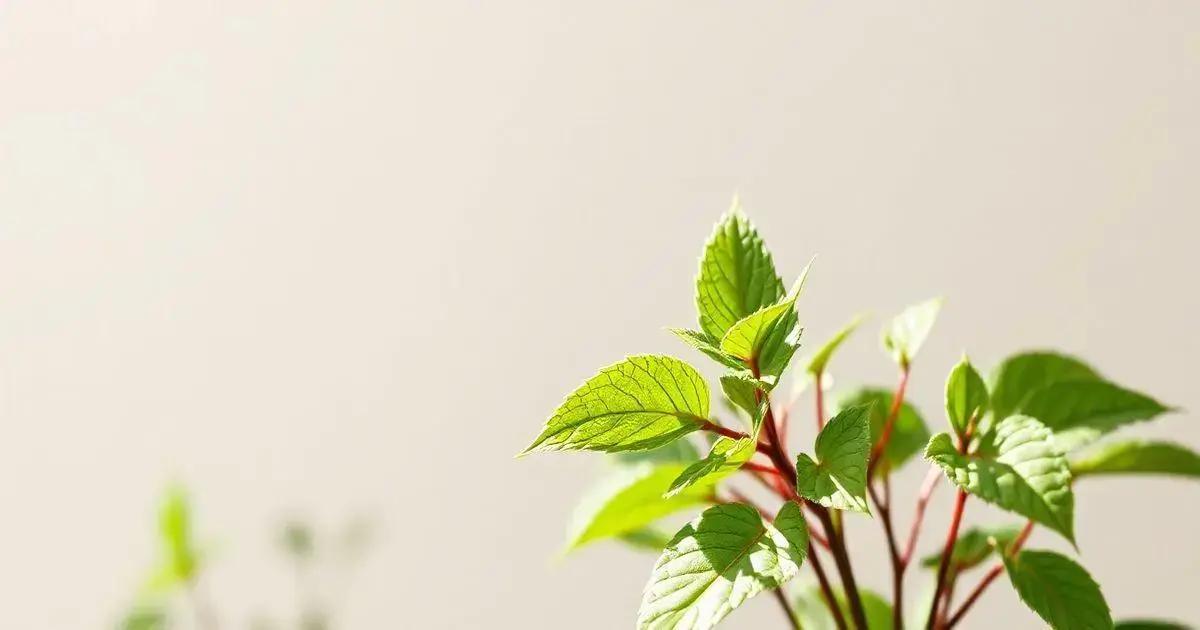How to Care for Mimosa Plant: 7 Expert Tips for Thriving Growth
How to care for mimosa plant enthusiasts often seek the secrets to keeping this stunning specimen healthy and vibrant. As you embark on your gardening journey, understanding essential care techniques will ensure your mimosa thrives. From crafting the perfect watering schedule to managing pest control effectively, each aspect plays a crucial role in nurturing these unique plants. Let’s delve deeper into the fundamental practices that will support their growth and beauty.
Table of Contents
ToggleWatering schedule for your mimosa plant
Watering schedule for your mimosa plant is essential for keeping your plant healthy and vibrant. Proper watering practices promote strong root development and vibrant foliage. The mimosa plant, known for its stunning pink flowers and delicate leaves, requires specific attention to its hydration needs throughout the growing season.
Initially, it’s important to establish a suitable watering routine. Here are guidelines to help maintain a balanced watering schedule:
- Frequency: Water your mimosa plant every 1 to 2 weeks during the growing season, depending on soil moisture.
- Soil check: Always check the top 1-2 inches of soil; if it feels dry, it’s time to water.
- Seasonal adjustments: Reduce watering frequency in the fall and winter when the plant is dormant.
Signs of overwatering can include yellowing leaves and root rot. On the other hand, underwatering may lead to wilting and drooping leaves. It’s important to observe your plant closely and adjust accordingly.
Tips for effective watering
- Water deeply: Ensure water reaches the root zone. Water until you see it draining from the pot’s bottom.
- Use quality soil: Good drainage is crucial. A well-draining potting mix can prevent excess water retention.
- Consider environmental factors: Factors like humidity and temperature can affect how often you need to water. Hotter and drier conditions may require more frequent watering.
For those interested in exploring indoor gardening techniques, mimosa plants can be cultivated indoors, provided they receive adequate light and attention. Start practicing these watering habits and watch your mimosa thrive!
Sunlight exposure requirements for healthy growth

Sunlight exposure requirements for healthy growth are critical for the thriving of your mimosa plant. Adequate lighting not only supports photosynthesis but also enhances the plant’s overall vitality and flowering capabilities.
To ensure that your mimosa plant receives the proper amount of sunlight, consider the following guidelines:
- Ideal light conditions: Mimosas thrive in bright, indirect sunlight. Direct sun exposure, especially during the hottest hours, can lead to leaf burn.
- Light duration: Aim for at least 6-8 hours of light daily to promote optimal growth.
- Adjusting light exposure: If growing indoors, place your mimosa near a west or south-facing window where it can receive adequate light but avoid harsh direct sunlight.
Signs of insufficient sunlight may include sparse leaf growth and weak or leggy stems. Conversely, too much direct sunlight can cause leaf scorching. It is vital to strike a balance.
Effective light management strategies
- Rotate the plant: Every few weeks, rotate your mimosa to ensure all sides receive equal light exposure.
- Artificial lighting: Consider using grow lights if natural light is limited. LED or fluorescent grow lights can mimic sunlight effectively.
- Seasonal changes: Monitor and adapt to seasonal changes in light intensity and duration, especially if keeping your mimosa outdoors.
For those exploring indoor gardening techniques, providing adequate sunlight will significantly contribute to the health and beauty of your mimosa plant. Tracking light exposure will enable you to nurture this stunning plant throughout the seasons.
Fertilizer application tips for mimosa plants
Fertilizer application tips for mimosa plants are essential for ensuring vibrant growth and beautiful blooms. Proper fertilization helps to provide essential nutrients that support the plant throughout its life cycle.
Understanding when and how to apply fertilizer can make a significant difference in the health of your mimosa. Here are some key guidelines to follow:
- Type of fertilizer: Use a balanced, slow-release fertilizer with an NPK ratio of 10-10-10 or similar to support overall growth.
- Application frequency: Fertilize your mimosa plant every 4-6 weeks during the growing season.
- Timing: Apply fertilizer in early spring as new growth appears, and again in mid-summer for continued support.
Techniques for effective application can enhance nutrient uptake:
- Water first: Before applying fertilizer, thoroughly water the plant to avoid root burn.
- Following instructions: Always adhere to the manufacturer’s instructions regarding the amount to use. Over-fertilization can harm the plant.
- Observe the plant: If yellowing leaves or stunted growth appears, it may indicate a need for adjustment in your fertilization strategy.
For tips on exploring indoor gardening techniques, remember that nurturing your mimosa with proper fertilizer will lead to a robust and blooming specimen.
In conclusion
Caring for your mimosa plant requires attention to several crucial factors, including appropriate watering, adequate sunlight exposure, and proper fertilizer application. By implementing the tips provided in this guide, you can ensure your mimosa thrives, showcasing its beautiful pink flowers and lush foliage.
Remember, every plant is unique, so it’s important to observe your mimosa and adjust your care routine as needed. For additional help and tips on enhancing your indoor garden, continue exploring the wealth of resources available.

